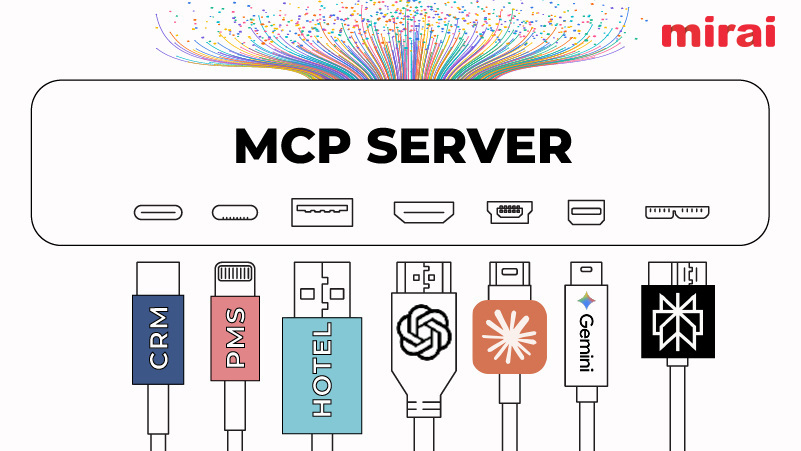
The term “CRM” is a bit too generic; it reflects many different types of software for various types of businesses.
NB: This is an article from Experience Hotel
Some of you need a solution to better manage your business(es), while others want to communicate with their customers, improve their customer experience, manage their customer support, centralize data, etc. But what do you do when you have a “need for CRM”? And what is the difference between CRM and CRM?
Subscribe to our weekly newsletter and stay up to date
Don’t rush into choosing your CRM
A CRM was originally a sales tool. Its primary use was to manage an incoming lead (i.e., a contact who’s shown some interest in what you’re offering). It allowed for follow up in order to assist with a sale. Take Salesforce, for example. Its primary purpose is to capture new leads, assign those leads to a salesperson and place them on hold or convert them into qualified leads.
Salesforce, for example, allows you to maintain a relationship with potential customers who are not yet ready. It also provides access to dashboards and reports for tracking the progress of leads to conversion. Here, a CRM is a sales support tool.
However, it’s important to remember that CRM stands for “Customer Relationship Management”, an application that goes far beyond lead tracking! “Customer Relationship Management” itself is a very broad field that covers many applications, and it can be difficult to find your way around:
- Lead generation and capture
- Sending of newsletters
- Managing customer relationships
- Customer service/support
- Centralization of data
- Loyalty (for generating additional revenue from an already converted customer)
- Product maintenance
- Etc.
This solution serves many purposes. And often, you’re only in need of a “portion” of them, hence the necessity of defining your needs!
Understanding the various types
The first task is to correctly identify your needs in order to choose the right CRM solution. I have personally identified seven major types:
1. The sales CRM
The sales CRM is used by a company’s sales force. Its purpose is to record information regarding your prospects, to follow up on them, to extend offers and to help you get them to sign contracts. The life cycle of these leads is very short: it stops once the lead is transformed into a customer.
Among these are Pipedrive, Salesforce and SugarCRM. They allow you to visualize the entire sales process. Their purpose is to increase the productivity of sales teams.
2. The marketing CRM
This is used to increase a brand’s visibility.
It can manage the sending of marketing emails (such as newsletters) as well as segmenting the customer database and automating tasks. This is the case with Mailchhimp, Sendinblue, etc. It can also offer Inbound Marketing (a marketing strategy that helps generate leads on your website through quality content) by creating personalized interactions with the prospects in your database, based on the information collected on them. Its main advantage is to centralize customer management.
This type of CRM can be found with platforms like Hubspot or GetDrip. Their purpose is to support a company’s growth.
3. The community management CRM
The community management CRM, for the management of social networks, is as useful for the marketing department as for the sales department or customer support. It allows you to publish posts, manage replies, set up reporting, schedule tasks, etc. It also provides multi-account management.
Hootsuite fits into this category of CRM. It provides access to dashboards for a high-level view of online social activity and facilitates networking.




